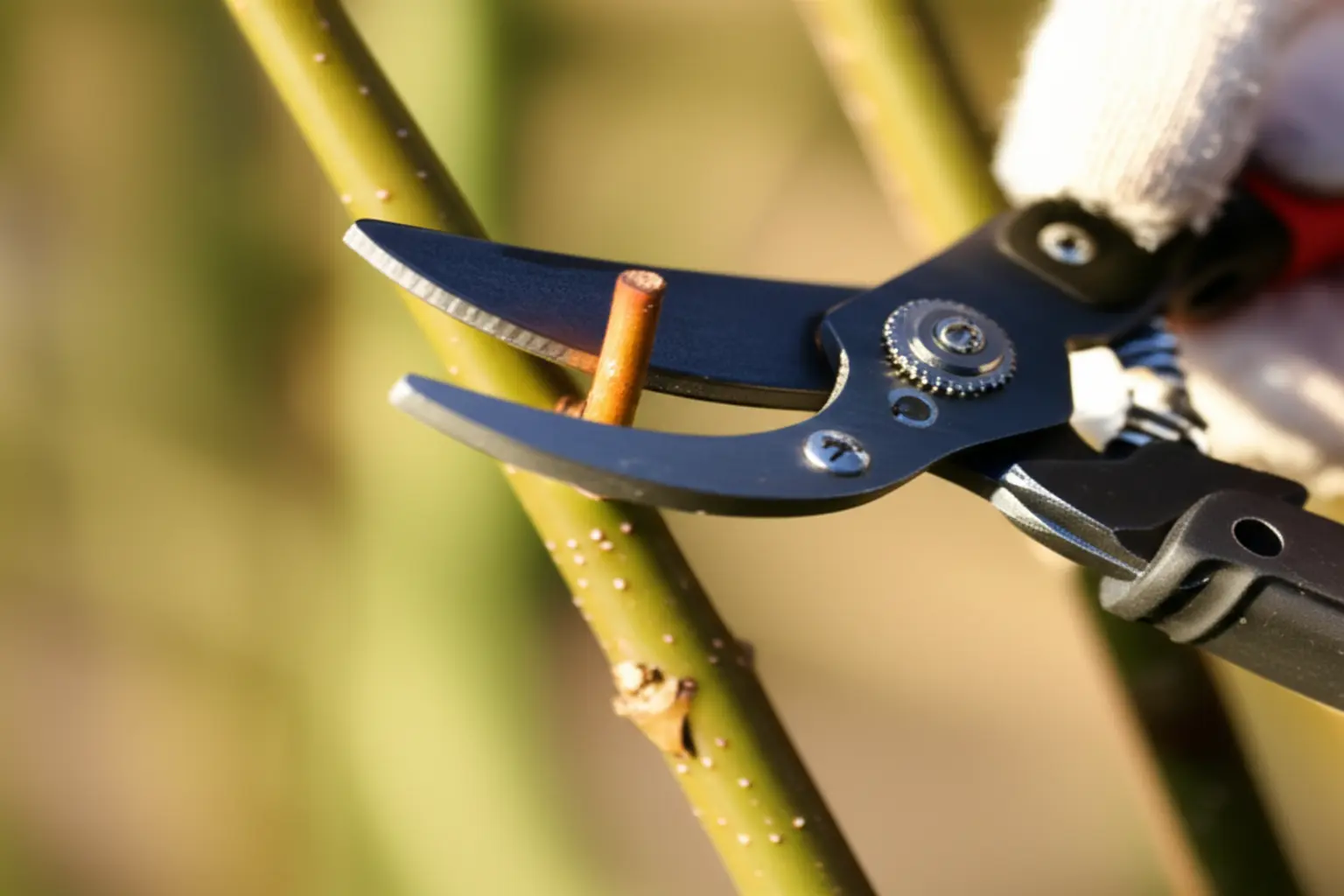Figuring out the best time to prune roses is key for a beautiful garden in 2025. Proper timing directly affects how many flowers you’ll get and helps keep your plants healthy. This guide explains exactly when to prune roses, considering different climates and types, from Hybrid Teas to Floribundas. We will provide clear, actionable advice to ensure your bushes produce stunning blooms year after year. Get ready to learn the secrets to a thriving rose garden.
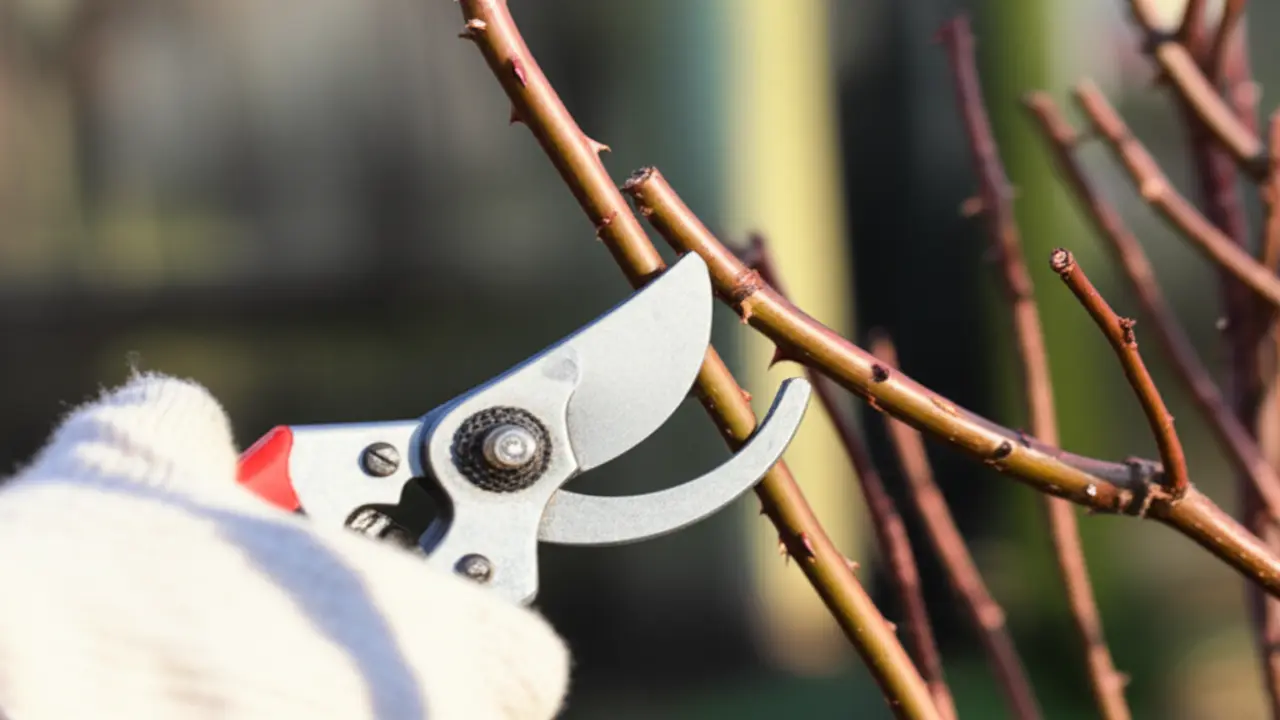
1. The Optimal Window: General Timing for Rose Pruning
For the vast majority of rose types, including modern favorites like Hybrid Teas, Floribundas, and Grandifloras, the primary pruning window opens in late winter and closes in early spring. The goal is to perform this task after the threat of the last hard frost has passed but just before the plant begins its major growth spurt for the season. As of 2025, the key signal remains consistent: watch for the leaf buds on the canes to begin swelling and turning red. This indicates the rose is waking from dormancy. Pruning at this exact moment channels the plant’s stored energy into producing strong, healthy new canes capable of supporting a profusion of blooms. Acting too early risks frost damage to the fresh cuts, while waiting too long forces the plant to waste energy on growth that will just be removed. When tackling the thickest, oldest canes, using the right tool is critical for a clean cut, making a reliable pair of heavy duty pruning shears an invaluable asset.
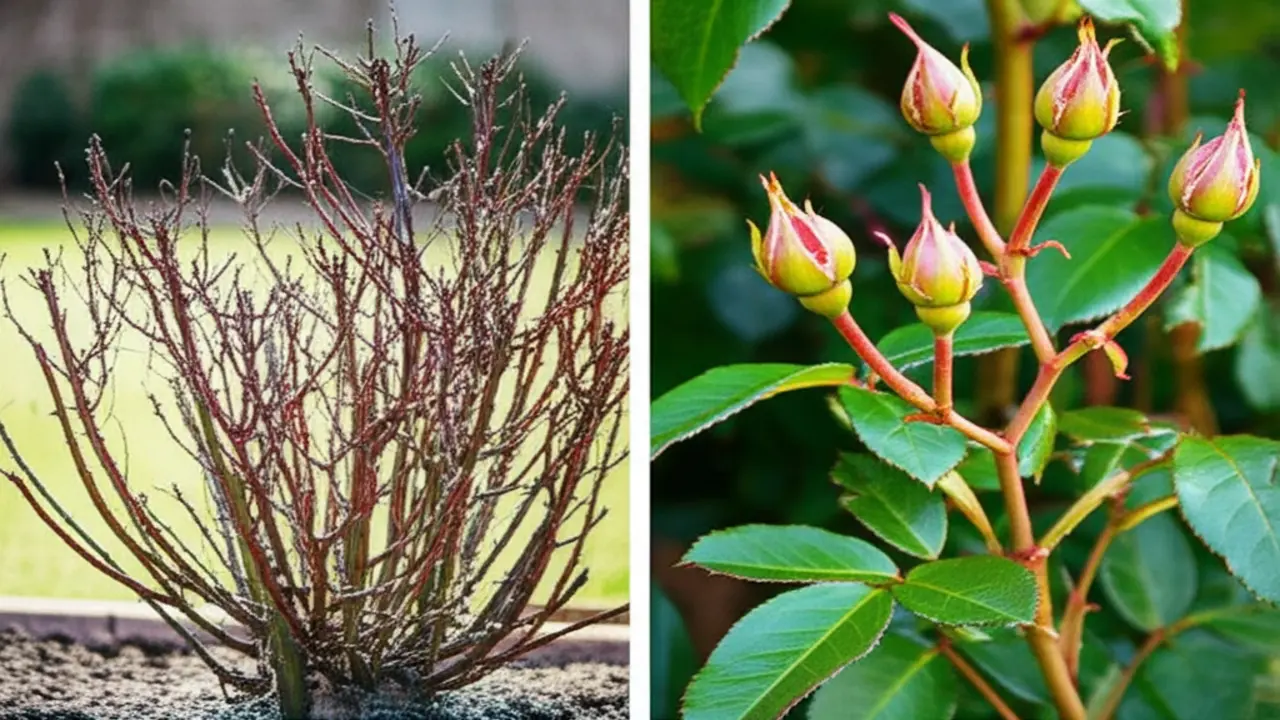
2. Why Pruning Timing is Crucial for Roses
Understanding why timing is so important is the key to knowing exactly when to prune roses for a spectacular 2025 season. Pruning is a strategic task that directly influences the plant’s health and its ability to produce abundant, beautiful flowers. When you prune a rose bush during its late winter dormancy, you are working with its natural biological cycle. The plant has stored energy in its roots, and your cuts signal where to direct that power for new growth. This results in strong canes capable of supporting high-quality blooms. Cutting too early can encourage tender new shoots that get damaged by a late frost. Conversely, pruning too late means the plant has already wasted energy on parts you will remove, potentially reducing the overall flower count. Proper timing also minimizes disease risk, as the cuts have time to heal before pests and fungal issues become prevalent in warmer weather. For the toughest cuts on old wood, using proper tools like sharp pruning shears for thick branches is crucial to prevent stem damage and ensure a healthy plant.
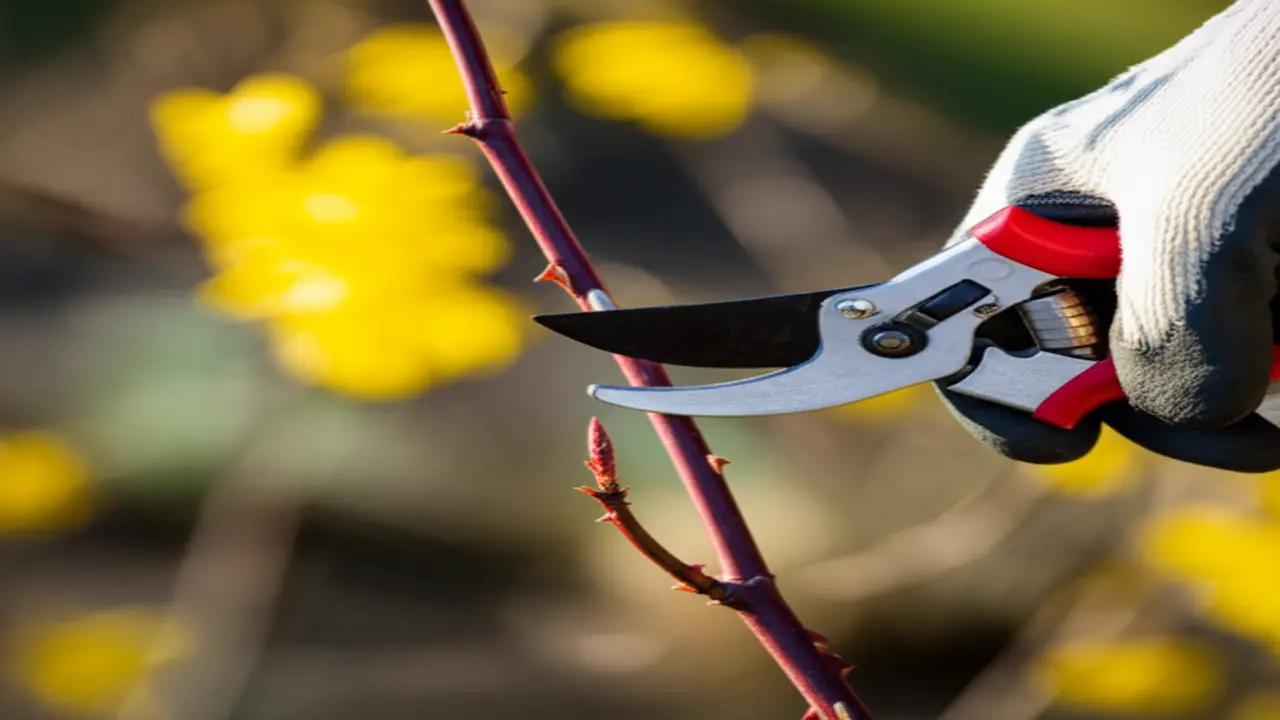
3. Decoding the Signs: How to Tell When It’s Time
Knowing precisely when to prune roses is less about a fixed calendar date and more about reading the plant itself. As winter fades, your bushes provide clear signals. The most reliable indicator is the swelling of leaf buds along the canes, which often take on a reddish hue and look plump. This signifies the plant is breaking dormancy. Shortly after, you may see the first tiny leaves begin to unfurl. While these are positive signs, you must balance them with your local weather forecast for 2025. Pruning too early encourages new growth that can be severely damaged or killed by a late frost. The goal is to prune just as the plant is waking up but after the danger of a hard freeze has passed. For tackling the older, tougher canes in the center of the plant, ensure you have a clean, sharp pair of heavy duty pruning shears to make precise cuts without damaging the wood.
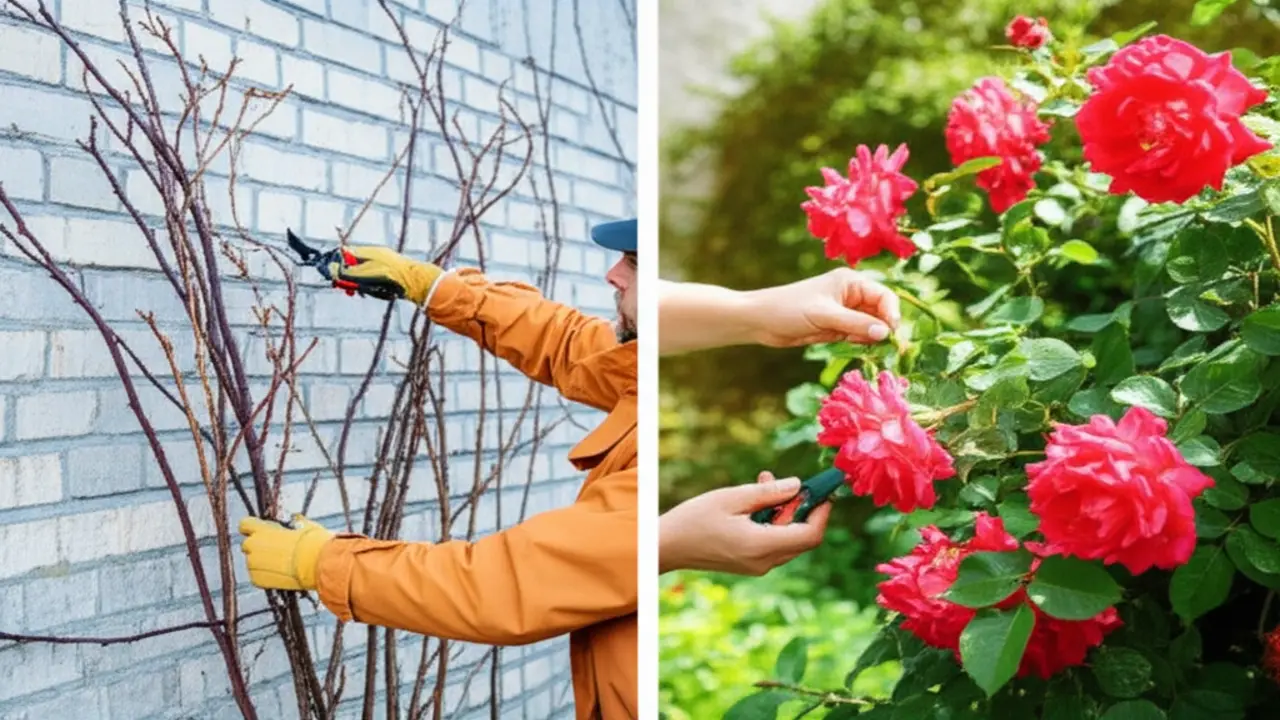
4. Tailoring Your Pruning Schedule: Rose Types and Seasons
Determining when to prune roses is not a one-size-fits-all answer. The correct timing for 2025 depends entirely on the type of rose you are growing, specifically whether it blooms on new or old wood. Most modern roses, such as Hybrid Teas, Floribundas, and Grandifloras, are repeat-bloomers. They produce flowers on the current season’s growth. For these varieties, perform your main pruning in late winter to early spring, just as the leaf buds begin to swell. This hard pruning encourages the plant to produce vigorous new canes that will support a season full of blooms. Conversely, many old garden roses and some climbing varieties are once-bloomers. These types, like ‘Alba Maxima’ or ‘Konigin von Danemark’, produce their flowers on wood from the previous year. If you prune them in early spring, you will cut off all the potential flowers. The rule for these is simple: wait until they finish their spectacular, single flowering display in early summer, and then prune them. This gives them ample time to develop the wood that will bear next year’s blossoms. Using the right tool is essential for this task. A sharp pair of professional pruning shears ensures clean cuts and plant health.
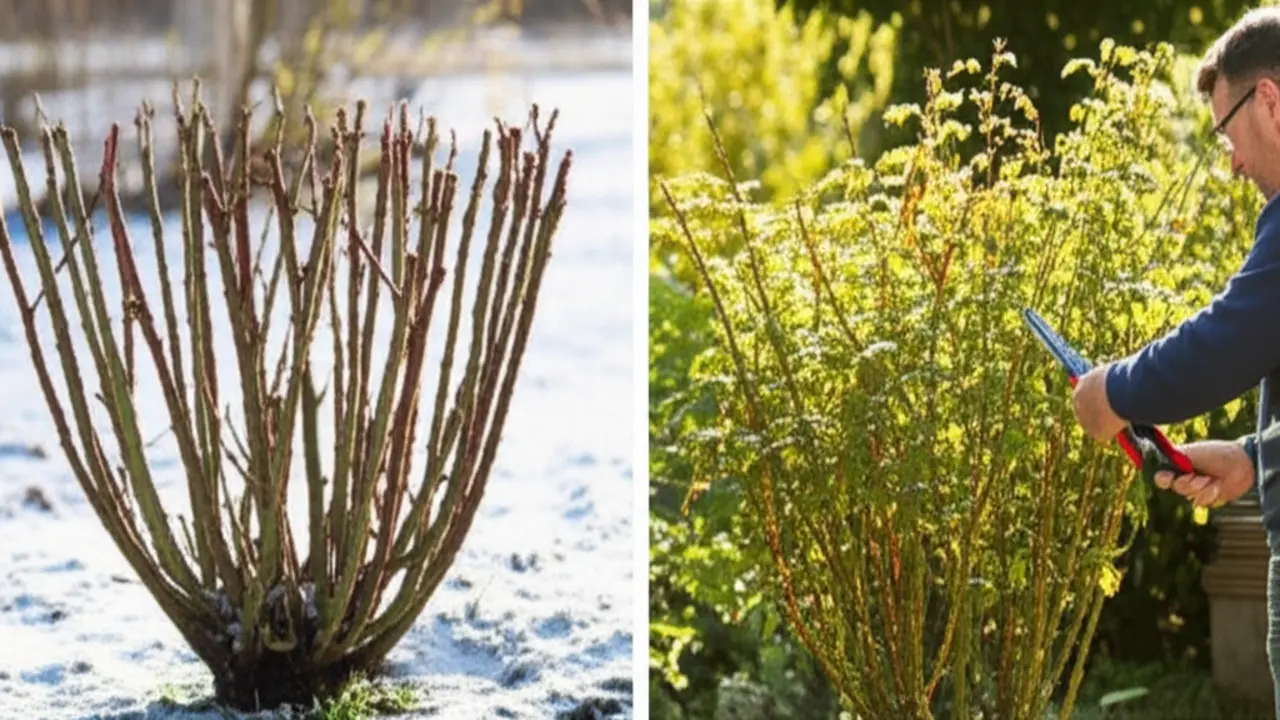
5. Climate Considerations and Regional Adaptations
Understanding when to prune roses is less about a specific date on the calendar and more about responding to your local climate. A gardener in a cold region like USDA Zone 4 will wait until the threat of a hard frost has passed in early spring, typically just as the forsythia begins to bloom. This prevents tender new growth, stimulated by pruning, from being killed by a late freeze. In contrast, a gardener in a warm, frost-free climate like Zone 10 might perform the major annual pruning in January to encourage a vibrant spring bloom. For the most accurate timing in your specific area, consult your local university agricultural extension service or a nearby rose society. These resources provide advice tailored to your regional microclimate. Before you begin, making sure your tools are prepared is essential. Knowing how to sharpen pruning shears ensures clean cuts, which helps the plant heal quickly and reduces the risk of disease.
6. Essential Pruning Practices for Success
Knowing the right time to prune roses is only half the battle. For your efforts to truly pay off in 2025, mastering the correct pruning techniques is crucial. Proper practices not only shape the plant but also encourage vigorous growth and abundant blooms while safeguarding against diseases. It all comes down to three key stages: preparing your tools, making precise cuts, and providing diligent aftercare. A clean, sharp cut is fundamental for a swift recovery. For instance, a dull blade can crush stems, creating an entry point for pests and diseases.
Follow these essential steps for successful pruning:
* Tool Preparation: Always start with sterilized and sharpened shears. A quick wipe with isopropyl alcohol prevents the spread of diseases between plants. If your blades are dull, learn how to sharpen pruning shears to ensure clean cuts.
* Proper Cuts: Make your cuts at a 45-degree angle, about 1/4 inch above an outward-facing bud. This angle allows water to run off and encourages new growth to sprout outwards, improving air circulation.
* Aftercare: Immediately clean up and dispose of all pruned canes and leaves from around the base of the rose bush. This removes potential fungal spores. Water the plant well and apply a balanced fertilizer to support the new growth cycle.
7. Avoiding Common Pruning Mistakes
One of the most critical mistakes in rose care is incorrect timing. Knowing when to prune roses is essential for their health and bloom production in 2025. Pruning too early in the season, often prompted by a brief warm spell, encourages the plant to produce new, tender growth. This fresh growth is extremely vulnerable to a sudden late frost, which can kill the new shoots and severely set back the plant’s development for the year. The consequence is not just a loss of potential flowers but also wasted energy for the rose bush, making it more susceptible to disease. Another frequent error is using dull blades, which crush stems instead of cutting them cleanly. Learning how to sharpen pruning shears is just as crucial as knowing when to prune to ensure your roses recover quickly and thrive. Always wait until the danger of hard frost has passed completely in your area before making the first cut.

